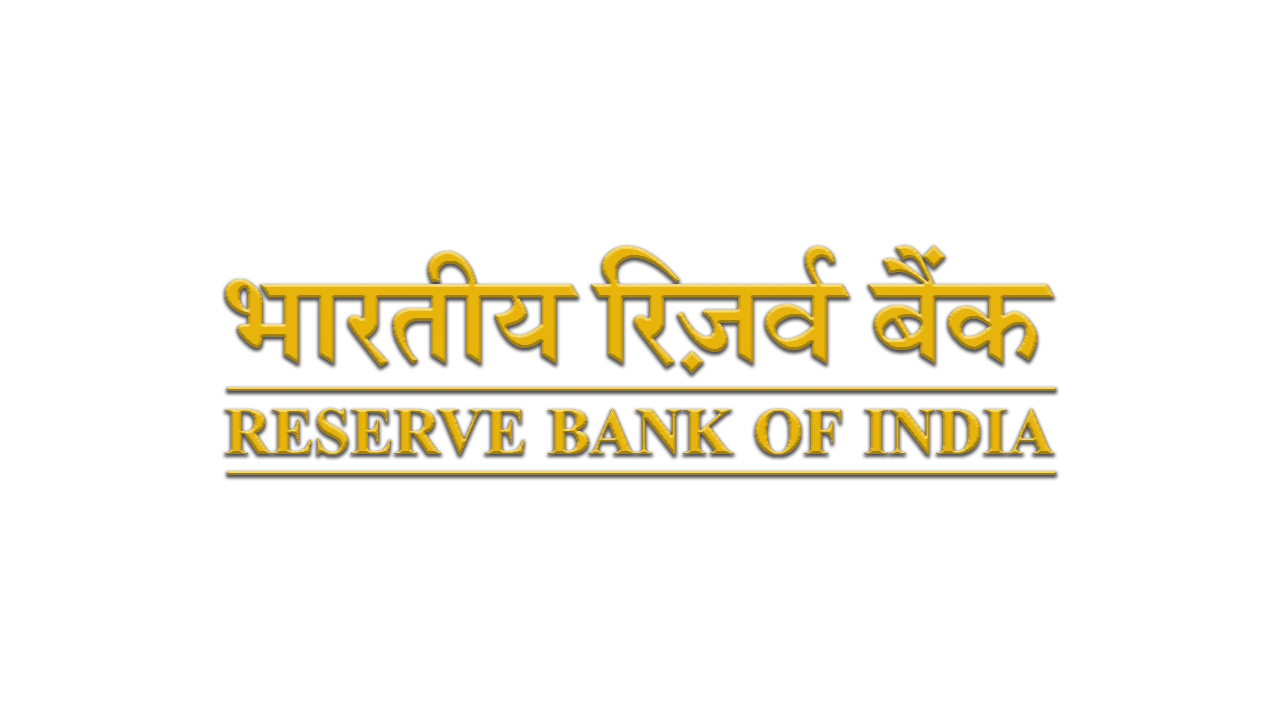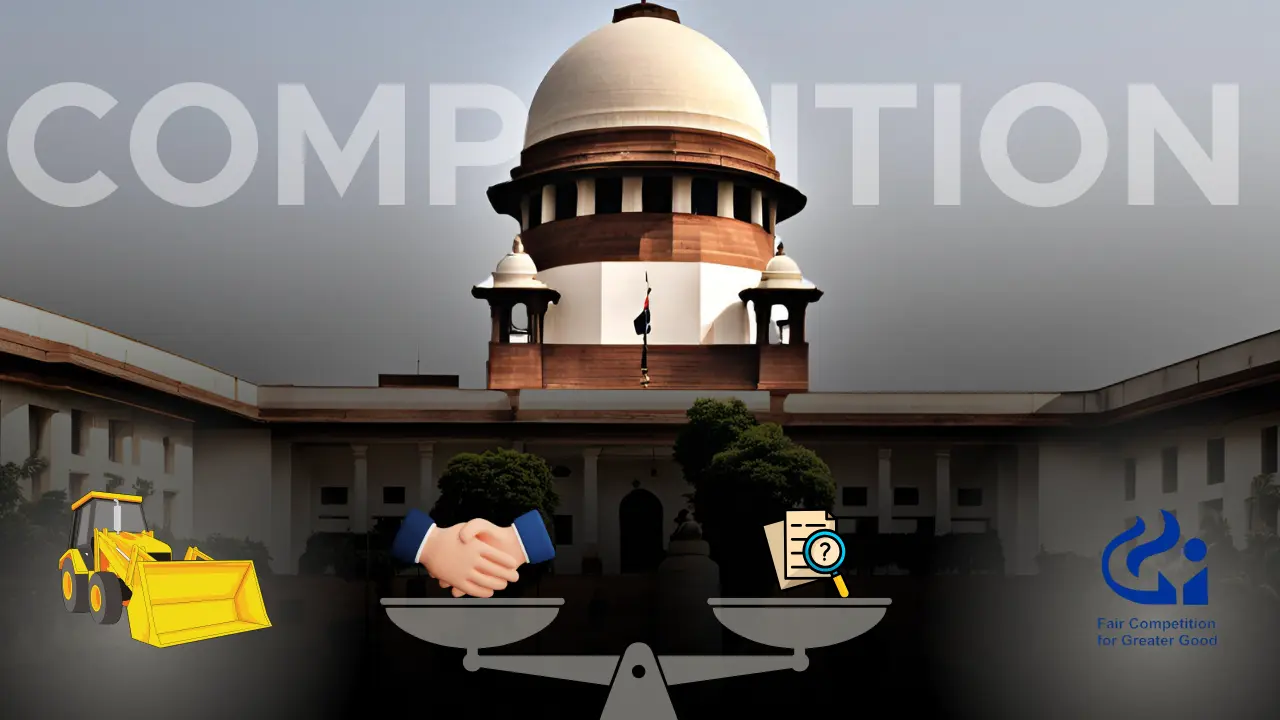Introduction
The RBI1, on May 8, 2025, ushered in a new era for digital lending in India with the issuance of the Reserve Bank of India (Digital Lending) Directions, 2025. This landmark framework aims to cultivate a more transparent, fair, and borrower-centric environment for digital credit, ensuring robust oversight of the rapidly evolving digital lending ecosystem. While most provisions came into force immediately on May 8, 2025, specific timelines have been provided for certain aspects, with multi-lender arrangements set to comply by November 1, 2025, and Digital Lending Apps by June 15, 2025.
The RBI Digital Lending Directions, 2025, broadly apply to all digital lending activities by regulated entities (RE’s) like banks, NBFCs, and housing finance companies, encompassing the entire loan lifecycle from customer acquisition to grievance redressal. Crucially, the framework also covers LSP’s2 and DLA’s3 working on behalf of RE’s, ensuring a uniform regulatory environment across the entire digital lending ecosystem.
Key Highlights of the New Framework
- Enhanced Due Diligence and LSP Oversight: RE’s are now mandated to conduct enhanced due diligence before engaging any LSP and to periodically review these relationships. LSP’s must adhere to all RBI outsourcing and digital lending norms, with the crucial clarification that outsourcing does not absolve RE’s of their responsibility for borrower outcomes.
- Fair and Transparent Borrower Engagement: Transparency is a cornerstone of the new framework. Key mandates include:
- The compulsory disclosure of a Key Fact Statement (KFS) before loan disbursal, providing borrowers with essential information.
- Clear indication of the Annual Percentage Rate (APR) and all other associated charges, promoting pricing clarity.
- The provision of a “cooling-off period” (minimum one day) allows borrowers to exit loans without penalty, save for a disclosed processing fee.
- A prohibition on automatic increases in credit limits without explicit borrower consent, putting control firmly in the borrower’s hands.
- Streamlined Disbursal and Repayment Protocols: To enhance accountability and traceability, loans must be disbursed directly to the borrower’s account, and all servicing and repayments must be routed through the RE’s account. This prevents funds from passing through LSP accounts, with specific exceptions for regulatory end-uses and co-lending arrangements.
- Robust Data Protection and Technology Standards: Data governance is a core focus. RE’s and LSP’s are now required to:
- Obtain explicit borrower consent before collecting or sharing any personal data.
- Limit access to mobile phone resources and ensure all data is stored only on Indian servers.
- Publish a comprehensive privacy policy and disclose all third parties accessing borrower data.
- Comply with RBI’s stringent cybersecurity standards.
- It is explicitly stated that REs remain responsible for the actions and data practices of their LSPs and DLAs.
- Digital Lending Apps (DLAs) and Reporting: All loans, including short-term or deferred payments, must now be reported to Credit Information Companies (CIC’s). REs are also required to report all DLA’s (whether owned by them or operated by LSP’s) on RBI’s Centralised Information Management System (CIMS) portal by June 15, 2025. The RBI will maintain a public directory of these DLA’s, enhancing transparency for borrowers.
- Regulated Default Loss Guarantee (DLG) Framework: DLG arrangements, where LSPs guarantee a portion of the RE’s loan losses, are now permitted with specific safeguards. These include:
- DLG providers must be companies registered under the Companies Act.
- A cap of 5% of the disbursed loan portfolio.
- Permissible forms include cash, fixed deposit with lien, or bank guarantee.
- No revolving credit or credit card DLG’s are allowed.
- Crucially, DLG must not substitute robust credit underwriting.
- REs must invoke DLG’s within 120 days of default and cannot reinstate a guarantee once invoked. All such arrangements must be transparently disclosed on the LSP’s website.
- Strengthened Customer Redressal and Accountability: Borrowers now have a clear escalation path for unresolved complaints. If a complaint remains unaddressed within 30 days, borrowers can escalate it to the RBI’s Complaint Management System or file written complaints with RBI’s Chandigarh office. Significantly, RE’s remain fully accountable for any customer grievances arising from the actions of their LSP’s.
Conclusion
The Reserve Bank of India’s Digital Lending Directions, 2025, represent a monumental regulatory stride aimed at safeguarding borrowers and instilling uniformity in digital lending practices across India. By significantly enhancing data governance, curbing mis-selling, meticulously regulating LSP engagements, and ensuring borrower-friendly terms, the RBI demonstrates its unwavering commitment to upholding the integrity and public confidence in India’s rapidly expanding digital credit infrastructure. These directions are poised to foster a more responsible and trustworthy digital lending ecosystem, benefiting both consumers and the financial sector.
Citations
- Reserve Bank of India
- Lending Service Providers
- Digital Lending Apps
Expositor(s): Adv. Archana Shukla






